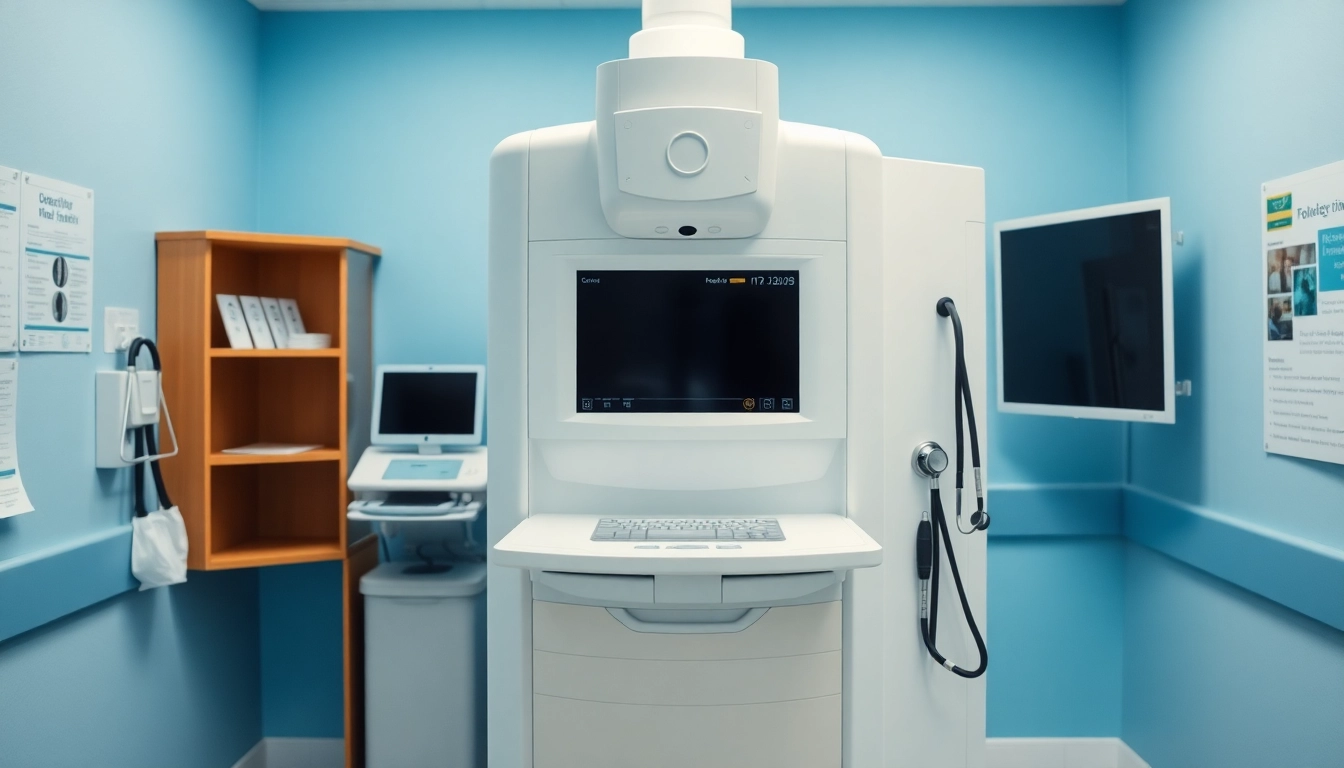Understanding Communication in Relationships
Effective communication is the cornerstone of all successful relationships. Whether it’s a romantic partnership, a friendship, or a family bond, the way individuals convey their thoughts, feelings, and needs impacts the overall dynamic significantly. In exploring communication in relationships, we delve into its meaning, the foundational elements of effective communication, and the significant role it plays in fostering deeper connections.
What is Effective Communication?
Effective communication is not merely about exchanging words; it involves a complete understanding of the message, context, and emotional undercurrents of the conversation. It includes clarity in expressing thoughts and feelings, as well as ensuring that both parties actively engage in the dialogue. Key components of effective communication include:
- Clarity: Clearly articulating thoughts without ambiguity.
- Conciseness: Keeping the message short and to the point while ensuring it does not omit necessary information.
- Active Listening: Focusing fully on the speaker, understanding their message, and responding thoughtfully.
- Empathy: Recognizing and validating the other person’s feelings and perspectives.
The Role of Listening
Listening is an often-overlooked yet essential component of effective communication. It is the process of receiving, constructing meaning from, and responding to spoken and/or nonverbal messages. Active listening entails:
- Paying full attention to the speaker, avoiding distractions.
- Providing feedback to indicate understanding.
- Deferring judgment until the speaker has finished.
- Responding appropriately to show comprehension, encouraging further dialogue.
When both partners actively listen, it creates a safe environment where they feel valued and understood, helping to bridge gaps in understanding and emotional connection.
Common Barriers to Communication
Despite the importance of communication, various barriers can hinder effective exchanges. Some common barriers include:
- Preconceived Notions: Entering conversations with biases or assumptions can lead to misunderstandings.
- Emotional Baggage: Past experiences or unresolved conflicts may cloud the current exchange.
- Lack of Time: Rushed conversations often lead to miscommunication and incomplete understanding.
- Distractions: External noise or interruptions can disrupt the flow of conversation and hinder engagement.
Acknowledging and addressing these barriers can significantly enhance the quality and effectiveness of communication in any relationship.
Importance of Communication in Relationships
The importance of effective communication in relationships cannot be overstated. It serves as the foundation for building trust, resolving conflicts, and fostering emotional intimacy.
Building Trust and Understanding
Open lines of communication build trust between partners. When individuals feel free to express their feelings and concerns without fear of judgment or backlash, they are able to cultivate deeper trust. Trust allows partners to feel secure, knowing they can be vulnerable without the risk of being belittled or disregarded.
Moreover, effective communication promotes understanding, as partners learn to appreciate each other’s viewpoints, leading to alignment in values and goals. This mutual understanding becomes the bedrock upon which healthy relationships are built.
Resolving Conflicts through Dialogue
No relationship is immune to conflicts; rather, it is the manner in which conflicts are handled that determines relationship durability. Effective communication provides the tools necessary for conflict resolution. By engaging in dialogue, partners can:
- Express their feelings about the conflict without attacking each other personally.
- Work together to find mutually acceptable solutions.
- Understand the underlying issues rather than just addressing the symptoms.
In doing so, couples can resolve conflicts positively, leading to stronger bonds rather than weaker ones.
Enhancing Emotional Intimacy
Communication not only facilitates conflict resolution and builds trust; it also enhances emotional intimacy. This intimacy arises from open and honest conversations, where partners share their deepest feelings, dreams, and fears. Emotional intimacy is vital for:
- Creating a sense of closeness and connection.
- Enhancing sexual intimacy and overall relationship satisfaction.
- Encouraging vulnerability, making it easier to fend off insecurities.
Simply put, when partners communicate effectively, they foster an environment where emotional intimacy can thrive.
Techniques for Better Communication in Relationships
While effective communication comes naturally to some, others may need to adopt specific techniques to improve their conversational skills. Here are some techniques that can significantly enhance communication in relationships:
Active Listening Strategies
Implementing active listening strategies is crucial for ensuring that communication is two-way and productive. Here are strategies to enhance active listening:
- Summarize what your partner said: Reflect back your partner’s message in your own words to assure them of your understanding.
- Acknowledge feelings: Whether through verbal affirmations or nonverbal cues such as nodding, acknowledging feelings helps in validating your partner’s emotions.
- Ask clarifying questions: To avoid misunderstandings, aim to clarify points of confusion before continuing the conversation.
By applying these strategies, both partners can ensure they feel heard and understood.
Open-Ended Questions for Deeper Conversations
Asking open-ended questions can transform routine conversations into meaningful discussions. Unlike closed questions that can be answered with a simple ‘yes’ or ‘no,’ open-ended questions encourage elaboration. For example:
- “What was the highlight of your day?” instead of “Did you have a good day?”
- “How do you feel about our recent discussion?” rather than “Do you agree with me?”
These approaches not only promote richer discussions but also invite deeper emotional connections.
Nonverbal Communication Cues
Nonverbal communication cues—like facial expressions, gestures, and body language—play a significant role in how messages are perceived. Being conscious of nonverbal signals can enhance communication by:
- Ensuring that your body language matches your words, fostering authenticity.
- Reading your partner’s nonverbal signals to better gauge their emotional states and adjust your responses accordingly.
- Maintaining eye contact to demonstrate engagement and interest during conversations.
In most instances, nonverbal communication can express as much, if not more, than the spoken word.
Signs of Healthy vs. Unhealthy Communication
Understanding the indicators of healthy versus unhealthy communication can empower partners to cultivate a more positive relational dynamic.
Identifying Toxic Communication Patterns
Toxic communication patterns can undermine the foundations of relationships. Recognizing these signs is crucial, which may include:
- Criticism or contempt: Frequently attacking your partner’s character instead of addressing specific behaviors.
- Stonewalling: Emotionally withdrawing from conversations and refusing to engage.
- Defensiveness: Responding to perceived attacks with counterattacks instead of seeking to understand.
Recognizing these detrimental patterns allows partners to actively work towards healthier communication practices.
Indicators of Healthy Communication
On the flip side, healthy communication is characterized by:
- Respect: Both partners value each other’s perspectives and feelings.
- Openness: Willingness to share thoughts and feelings freely.
- Constructive feedback: Providing criticism in a helpful, non-judgmental way.
Recognizing these traits in a relationship can validate the effectiveness of communication practices and motivate partners to maintain these standards.
Improving Unhealthy Communication Habits
Turning around unhealthy communication habits requires commitment and practice. Here are actionable strategies for improvement:
- Identify triggers: Recognizing situations that lead to negative communication can help partners manage their responses better.
- Practice patience: Allow each other time to express thoughts completely before responding.
- Seek feedback: Encourage open discussions about communication styles and areas for improvement.
Creating a culture of improvement in communication ensures that both partners feel safe and valued during exchanges.
Implementing Positive Communication Practices
Building a strong communication foundation involves consistent practice and a commitment to improving habits over time. Here are several suggestions for implementing positive communication practices:
Setting Aside Quality Time
With busy lives, setting aside quality time for uninterrupted conversation can drastically enhance connection. Designate specific times for discussion, free from distractions—be it at the dinner table or during an evening walk. Here’s how to prioritize that time:
- Schedule regular check-ins: Allocate a weekly time for deeper conversations about feelings and concerns.
- Turn off devices: Minimizing distractions can create a more profound space for meaningful dialogue.
Quality time not only facilitates better communication but also reinforces relationship bonds.
Practicing Empathy in Conversations
Empathy—the ability to understand and share the feelings of another—is crucial for effective communication. Practicing empathy entails:
- Validating your partner’s feelings: Acknowledging the emotions involved in a discussion fosters trust.
- Seeking to understand their perspective: Ask questions that invite your partner to elaborate on their feelings and thoughts.
- Using reflective listening: Paraphrase back what you heard to confirm understanding and show that you care.
Empathetic exchanges contribute significantly to emotional intimacy and awareness between partners.
Measuring the Impact of Communication Improvements
To understand the effectiveness of communication efforts, couples can measure their progress through:
- Surveys or questionnaires: Periodically assess feelings toward communication quality.
- Self-reflection: Each partner can keep a journal to note progress, thoughts, and challenges regarding communication.
- Feedback sessions: Discuss ongoing communication progress and collaboratively set goals for improvement.
Monitoring improvements can guide future communication practices, ensuring growth and understanding remain central to the relationship.



